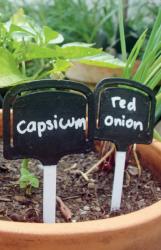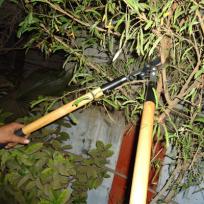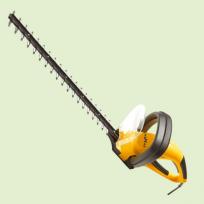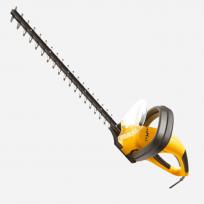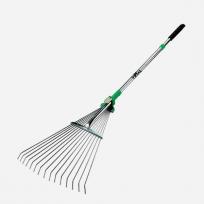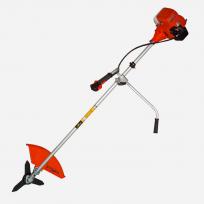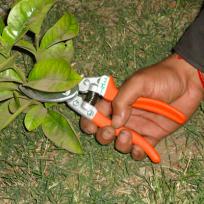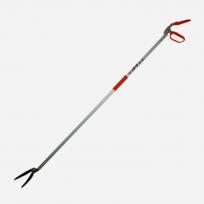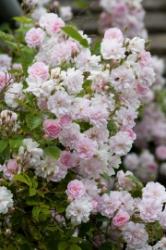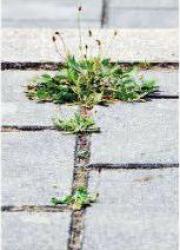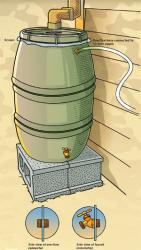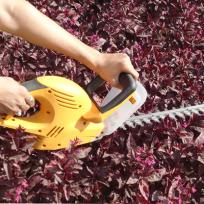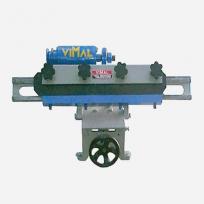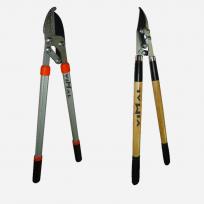Do It Yourself: An Attractive Rock Garden Anyone Would Be Proud Of
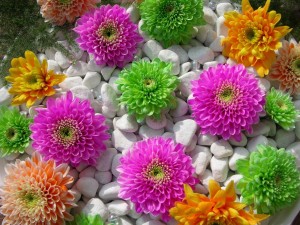
One of the most economical ways to enhance the landscape surrounding your home is to build a rock garden. Rock gardens are most often associated with the British Isles, where the climate is rarely accommodating to delicate plants. Rock gardens bring with them the assumption of having very few plants, and those of a very hardy variety, or no plants at all. The arrangement of the rocks in your garden, when properly complemented by attractive plants with coordinating colors, can add to the beauty of the home and provide a low-maintenance landscape feature that should not interfere with your lawn-mowing practices; rather, it will reduce the amount of space that requires mowing.
The first thing to do when starting your rock garden is to carefully look over the proposed site for your garden. You should clear the area of unwanted plants, such as spindly grass varieties and diseased trees and plants. Be sure to dig out the roots as well as the tops, or you may find your rock garden invaded at some later time by an unwanted fern or intrusive perennials.
If you plan to do some planting, make sure you test the soil to determine its level of acidity and its general pH. It is a good idea, even after you have placed your rocks and mapped out where you want to put any plants, to wait a full growing season before you attempt to plant in your rock garden. This will ensure that the soil has settled, and it will give you a chance to make sure that you have got rid of any pesky weeds by hoeing them out, root and all, as soon as they make their appearances above the ground. It is also desirable to mix in such soil enhancements as mulch, compost, and other compounds. If you plan to use plants that like soils with alkali, you should mix in crushed oyster shells or limestone.
After you have improved the soil, then it is time to place your rocks. It is important for aesthetic purposes not to evenly space your rocks, or to choose rocks of the same size and shape. A little variety in the types of rocks used is as desirable as a little variety of plants chosen to place in a more conventional garden. If you wish to have a great deal of plants, then your rocks should be spaced further apart to give more room for the vegetation. If, however, you plan to use plants only sparingly, arrange them closer together, but make sure that you allow some room for plants to grow. Try to make the design look as natural as possible, as it will be more attractive.
When placing the rocks in a garden that is sloped, it is best to start at the low parts of slopes and work up. Try to slope the top of the rock back toward the slope so that water from rain and sprinklers is guided downward. Additionally, try to keep outcroppings from overshadowing rocks and plants below. The goal is to create a feeling of stability. Set each rock so that its widest side serves a base. You can also set a larger rock on top of smaller rocks and then fill in the cracks with soil.
If you are placing the rocks on flat ground, work from the inside toward the outer edges of the garden. If you are planning a circular garden, or a rock garden in some other shape that is surrounded by other landscape features, this can be tricky. Therefore, it is a good idea to mark out which rocks you would like on a map so that you can ensure their proper placement in the garden. It may be necessary, on a flat site, to build up small mounds of dirt in different places to give the rock garden an interesting appearance.
If you plan to use plants in your garden, you should be careful to plant them after everything else is in place, and after you have a chance to make sure the soil is properly settled. Early spring or early autumn are the best times to do any planting, including planting in rock gardens. Make sure you choose plants that are suited for rugged terrain and adapted to your climate. Then, plant them in the spaces you have designated. The end result should be a beautiful garden that requires little upkeep.





